Saving smiles
Well-being is not just about money. It is an ecosystem where there is emotional, spiritual, and mental well-being in addition to financial well-being. Emotions require just as much care as finances.
Taking care of emotions for sick children can be helped by hospital clowning, a special kind of support for children in hospital. Through play, humour and improvisation, Clowndoctors help young patients to cope with stress and recover more quickly.
If you have ever been in hospital with a child, you know how difficult it is, and how important human support is at such times. It gives strength not only to the children, but also to the parents and the nursing staff.
Bilderlings is launching a project to support British and Latvian Clowndoctors and invites you to join. We know that there are many like-minded people among our customers – people who care about those who are in need of help. People who want and are willing to change the world for the better, to live in a livable and humane environment. Let’s invest in good things together!
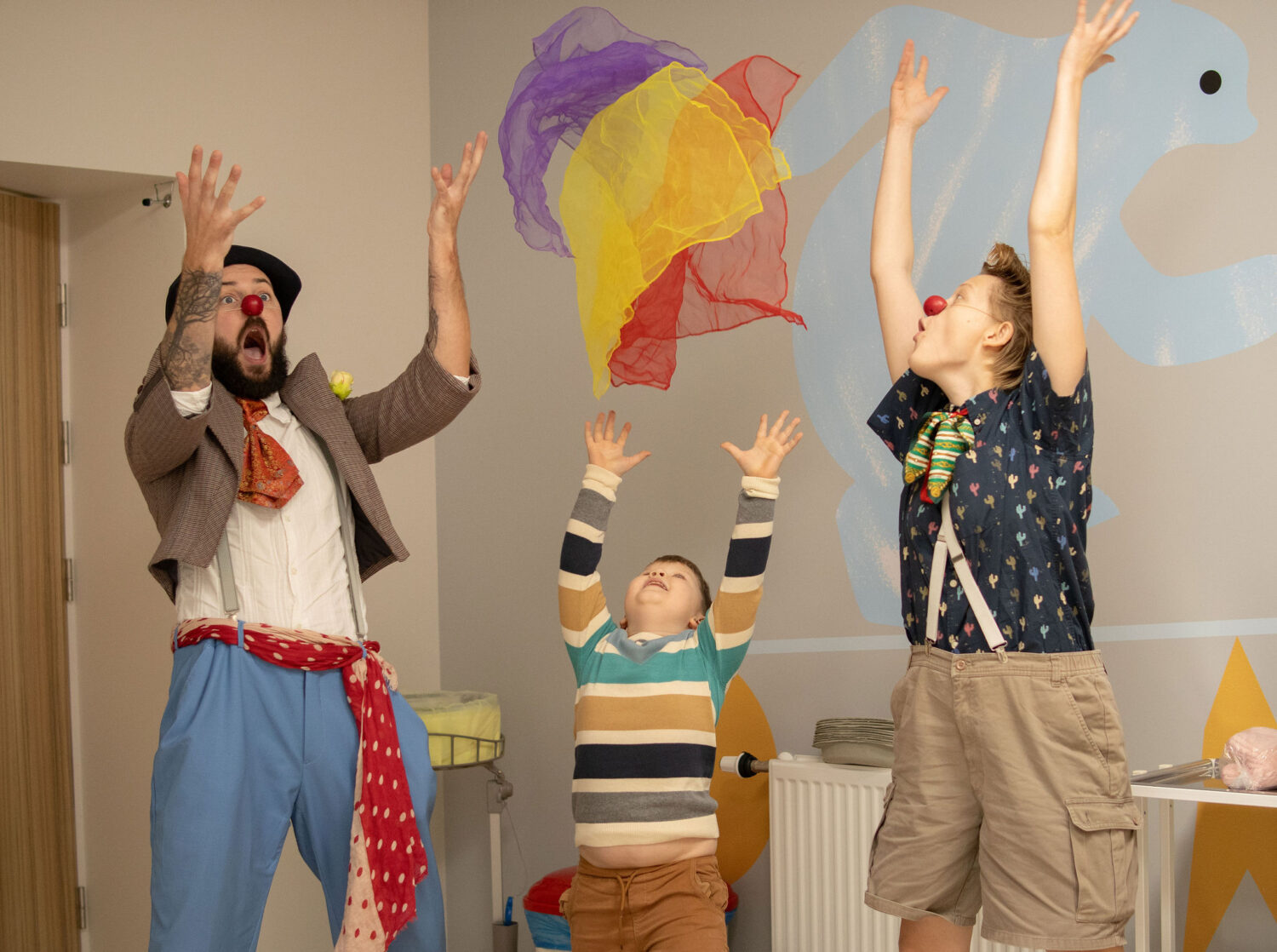
Join Us in Spreading Joy: Support Healthcare Clowning Today!
April 1st is the professional holiday of Сlowndoctors, and we urge you to support them in the simplest and most mischievous way! So, the recipe is simple: buy a red nose at any store, put it on, take a picture, and post it on your social networks with hashtags #clowndoctors #savingsmiles.
Voilà! Seems like nonsense? But it’s precisely through this campaign that more and more people learn about healthcare clowning, which is incredibly important for the charity organization. Help the Сlowndoctors to be where they are eagerly awaited!
Empowering Generosity: Bilderlings’ Clients Donated Over €12K for Healthcare Clowning in 2023
In May, we enabled the ability to make donations directly from the personal account/mobile app. Since then €12,389 has been donated through the In-App Donation Solution, i.e., approximately €1.5K per month or about €50 per day, with the largest single donation being €1,000. By the end of the year, the total number of donors was 210. Read more to know how over €12K in donations have transformed the lives of many, making the Saving Smiles project as significant as any financial achievement.
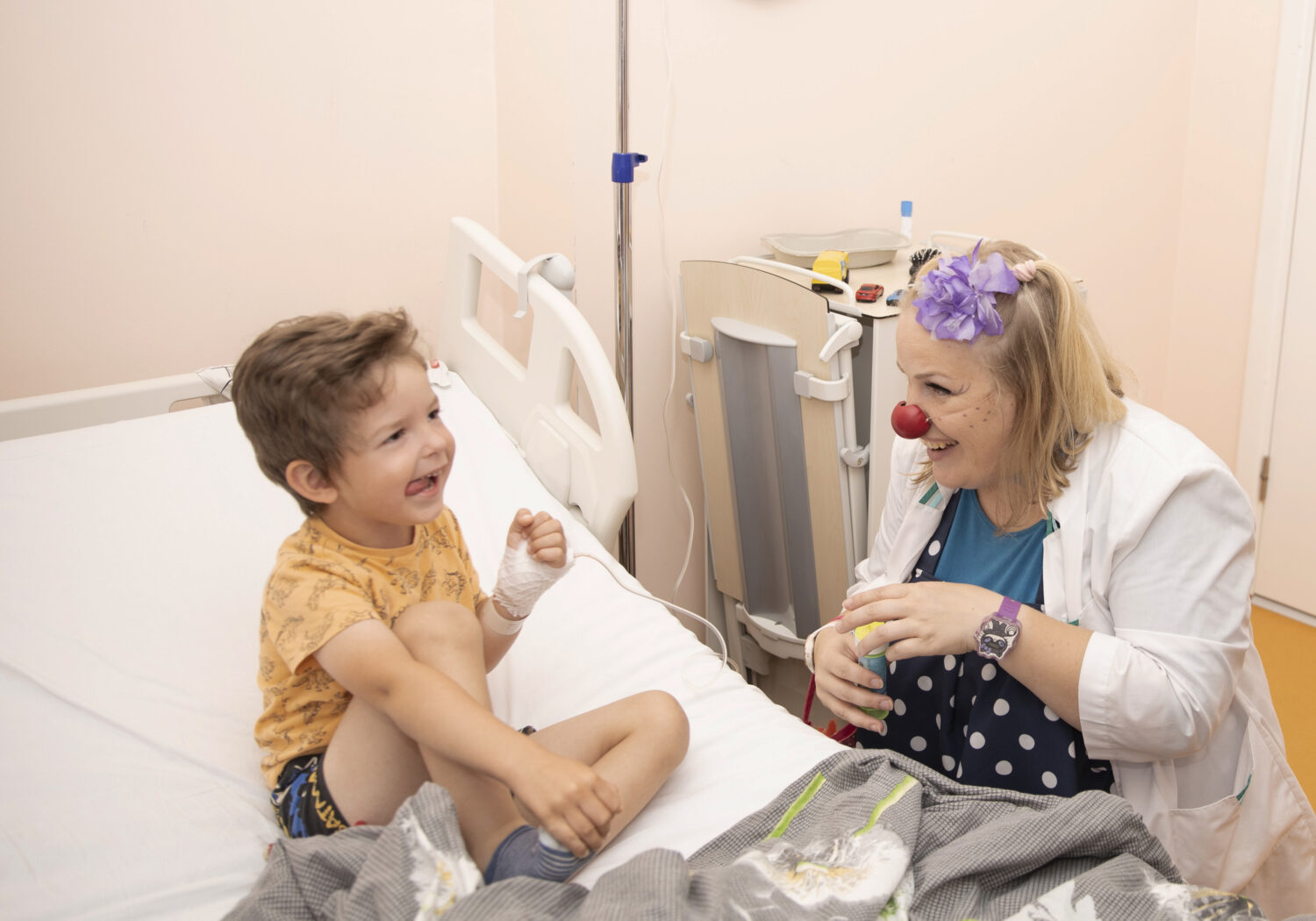
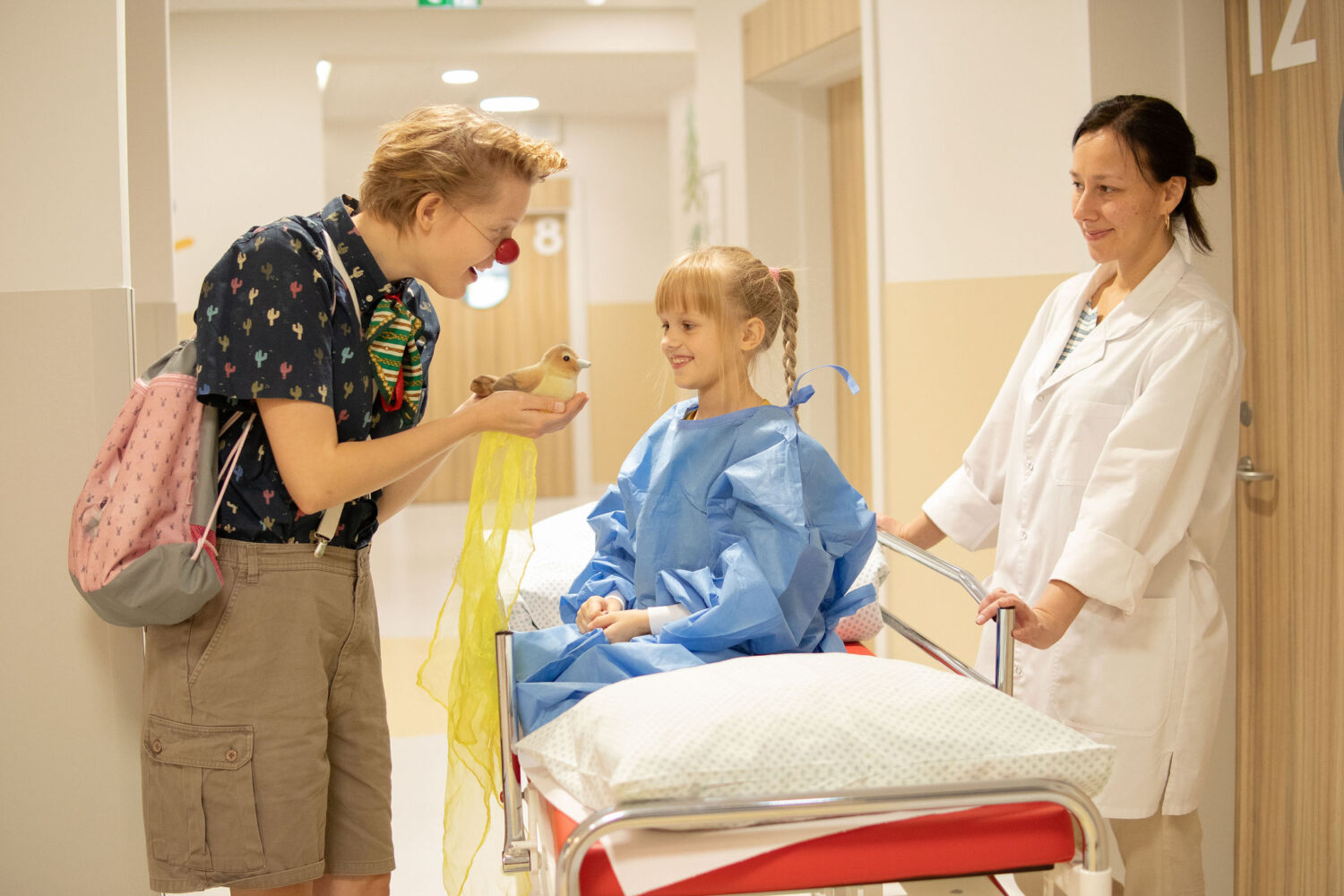
A Smile at a Time: Our Support for Hospital Clowns
We have been supporting healthcare clowning since 2023. In the spring of 2023, we launched an informational campaign, informing our clients about the value of healthcare clowning and emotional support at large.
Then, our IT team developed an In-App Donation solution: now, any client can support Clowndoctors in less than a minute.
By Christmas, we released joint merchandise with two charitable organizations: Hearts&Mind (UK) and Dr.Klauns (Latvia).
We urge everyone not to remain indifferent and to support important causes in any way possible!
"Carenomics for Beginners": Boost Your Impact and Profits
We are excited to announce the launch of our new informational project: a set of materials focused on how to build a socially responsible business while achieving your company’s objectives.
How to align business objectives with social responsibility? What kind of projects can be conceived beyond simply “making donations”? How to choose a direction for support in order to build a full-fledged partnership? How to avoid mistakes when working with social projects? Find answers to these and many other questions in our ‘Carenomics for Beginners’:
- Why should businesses be socially responsible?
- Discover 10 CSR Ideas For Your Company
- Who to help? How to choose and verify a fund/NGO
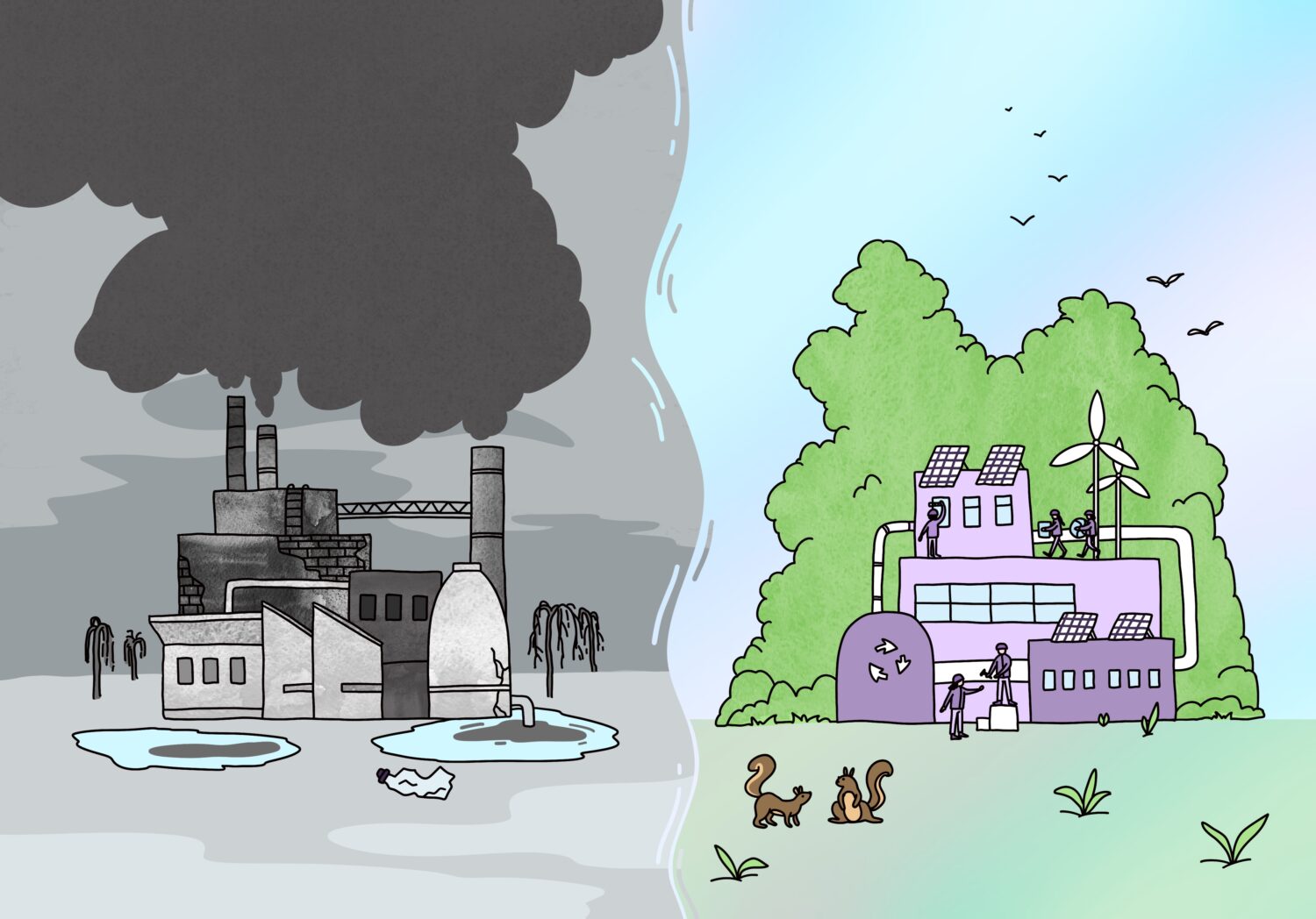
Hearts & Minds, UK
Hearts & Minds — is a British charity that provides hospital clowning.
“At the heart of the Clowndoctors’ work is kindness, compassion, and the ability to play through life’s difficult moments. We all need human support and a subtle emotional connection to feel well.
The Clowndoctors at Hearts & Minds help to overcome feelings of powerlessness, anxiety and isolation. Using the skills of hospital clowning, they give children a smile, joy, and laughter at a time when they are particularly vulnerable.”

Dr. Klauns, Latvia
Professional medical clowns travel daily to children’s hospitals in Latvia to help children overcome the pain, fear and negative emotions that often affect the course of treatment and time spent in hospital.
Latvian Clowndoctors founded the unique Healthcare Clowning school, and today they train future Clowndoctors all over the world.
Dr. Klauns has been in existence for more than 10 years and continues to contribute greatly to both the humanisation of the hospital environment and the development of the Latvian charity sector.
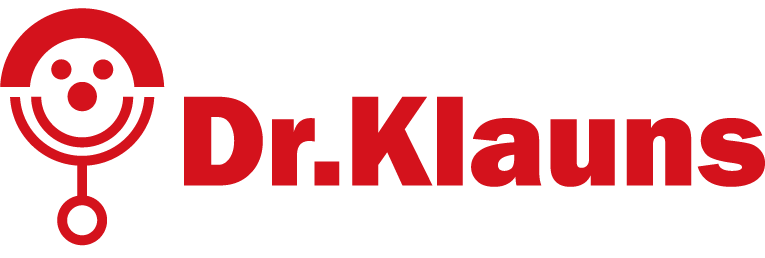
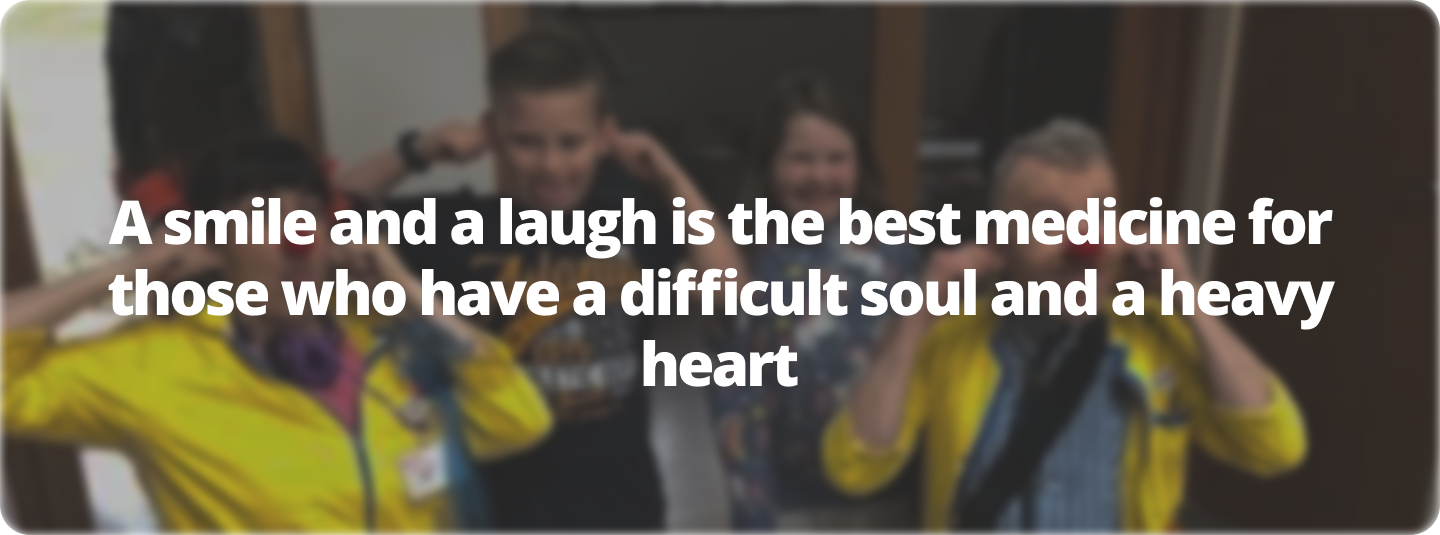
Be part of the Give a Smile project and…

Children don’t cry
Help children to suffer less when they go to hospital and get better with a smile, and the hospital will no longer be a ‘scary place’.
To be useful
Be among those who make a difference in the world.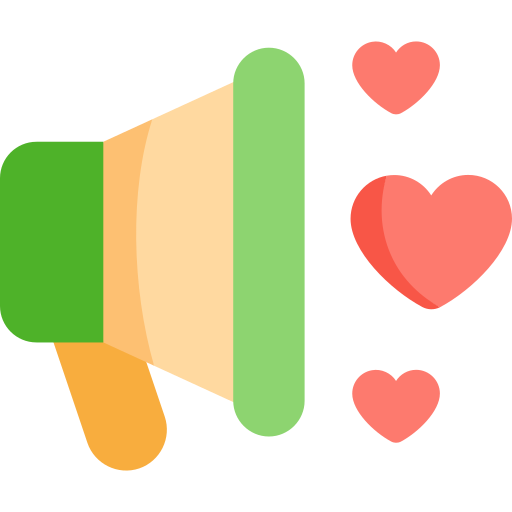
Give thanks
to the Clowndoctors in hospital, as this is a great way of supporting them.
Help and care
For those who need your help
To be responsible
There are many problems in the world and no government will solve them all. We have to take responsibility and invest where we can.
Help others to be HAPPY
This is a project that always sees room for joy in difficult situations. Let us share happiness together!
“I need Clowndoctors!”
 If you’ve ever been to a hospital at Christmas, you know for a fact it’s the last place you want to be on holiday. No fireplace, no presents, no chocolate and marshmallows – instead it’s injections and drips. Boredom! So we, Dr Anabele Felichitovna and Dr Buble, enter the children’s ward.
If you’ve ever been to a hospital at Christmas, you know for a fact it’s the last place you want to be on holiday. No fireplace, no presents, no chocolate and marshmallows – instead it’s injections and drips. Boredom! So we, Dr Anabele Felichitovna and Dr Buble, enter the children’s ward.
We went to the first ward: there was a three-year-old baby sitting with his mother, both scared and tired. We immediately set up a whirlwind of bubbles! Mum laughs, the baby tries to catch the biggest bubbles. A smile gives them back their strength.
We go into the next one: there’s a teenage girl who makes better jokes than stand-up comics! “She’s got us beat, let’s go colleague,” Dr. Bubble says frustratedly. The girl laughs: feeling like a winner at the hospital is worth a lot, because everyone certainly thinks they’re a loser spending the holidays here.
We stick our curious noses further in: well, well, well, where’s the baby, we only see Mum. But the mother – all of a sudden for us – jumps up and screams: “I need clowns! I NEED CLOWN DOCTORS!” And literally throws herself on our necks. We fool around, we joke around, she takes our picture.
– Something to show my little hero when he wakes up! – she says proudly about the photos.
And we realise that her baby is in surgery right now. And she needs our warmth just as much as he does.

***
Clown doctors don’t just come to children: they come to the hospital to help everyone who is having a hard time.
What do Bilderlings and hospital clowning have in common?
If you think that financial institutions are “boring, serious people in suits”, you’re wrong! The Clowndoctors have similarities to Bilderlings and we have more in common than meets the eye.
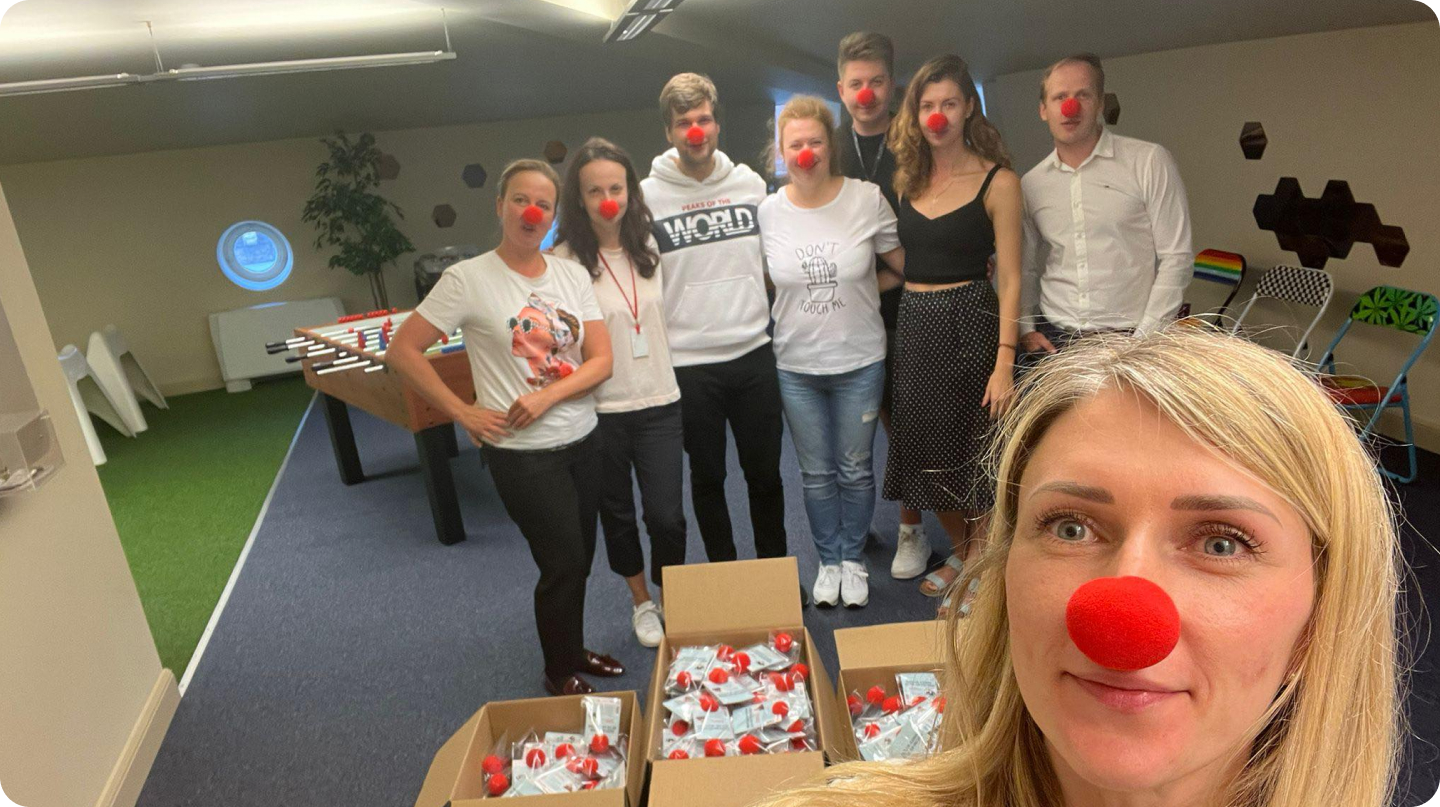
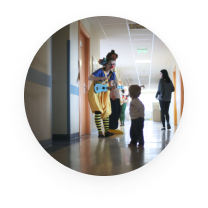
Ecosystem
Bilderlings is developing an ecosystem of financial services, and hospital clowning is part of a holistic approach to health: medicine alone is not enough, you also need emotional support.
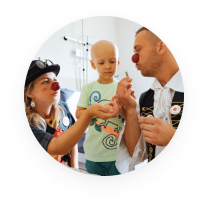
Borderless
Clowndoctors remove the wall in many different ways: between people and their emotions, between doctors and patients, etc. Bilderlings remove barriers to international payments.
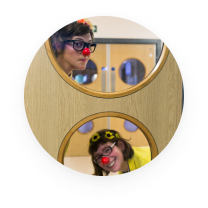
Emotions
Emotions matter! Bilderlings is not just about “service”, but about a pleasant experience for everyone. Emotions are a means of communication for Clowndoctors.
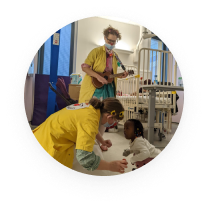
Human contact
This is a key tool in the work of clown doctors and one of the most important values in the work of Bilderlings: despite the technology, customers are served not by chatbots, but by live people who can be relied upon.
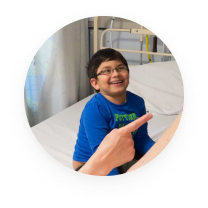
Joy
The mission of Bilderlings is to make life easier for people so that they experience the joy of knowing that many things can be done easier and faster. The joy in the work of Clowndoctors is what ultimately helps a child to get better.
How to support?
There is no such thing as a small donation! Even 1 euro is important!
Regular donations
Donations are the only source of money that keeps Clowndoctors working in hospitals. Being a Clowndoctor is a unique profession, and money is needed to train people and pay their salaries.
To organise the process, regular donations are needed: regular donations enable planning and allocation of resources. Therefore it is better to give 1 euro, but every month. We encourage you to make regular payments on the website of the organisations themselves. It is your support that helps the children to do their work and helps the children to get emotional support during difficult times!
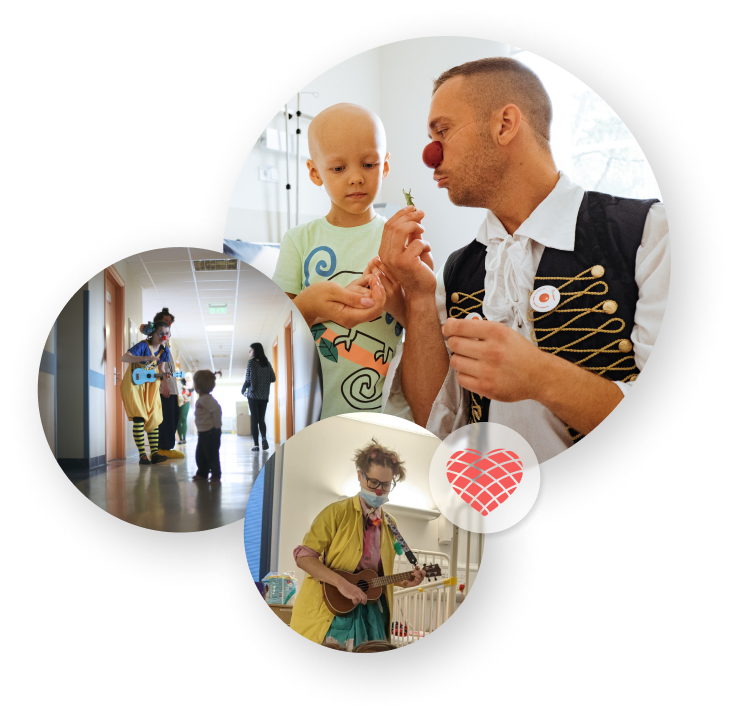
Helping out is not just about helping out financially.
Share!
Information is the new gold. Tell your friends and colleagues about the project and don’t spare any effort in reposting it. By sharing the link you give your friends the chance to contribute to the development of medical clowning and to support children who are in hospitals right now and are under stress. Share!
Professional skills
You can always help by offering your professional services pro bono. Any charity needs help with design, PR, IT and many other things. More often than not, it has to be done in-house – you can be part of that force! Write to Hearts&Minds or Dr.Klauns – maybe your expertise is exactly what they need right now!
FAQ
The originator of hospital clowning is considered to be the American Dr. “Patch” Adams, played by Robin Williams in the film Healer Adams. The movement itself began in the 1970s, and hospital clowning emerged as a profession in 1986. Today there are more than 30 hospital clowning organisations around the world.
Bilderlings is a British company, one of whose offices is in Latvia. So we chose two organisations, British Clowndoctors Hearts&Minds, and Latvian Dr. Klauns. Both organisations have been in business for more than 10 years and have impeccable reputations.
The aim of Hearts & Minds and Dr. Klauns is to provide as many children in hospitals as possible with the emotional support of a Clowndoctor. This requires more clowns. Therefore, a major part of the organisations’ expenditure is to pay for the training and working hours of the Clowndoctors.
Secondly, like any company, charities have administrative costs: so that as many people as possible become aware of them and join in the support, they need to spread the word. You have to pay for a website, design, newsletters, booklets etc.
Charity is when the final recipient (beneficiary) gets help for free, not when the help itself is not worth the cost.
Don’t be afraid that the amount will be ‘too small’! All great causes are built precisely on “small” help. Even 1 euro is important!
Most often, Clowndoctors work in children’s hospitals, but they also come to old people’s homes, orphanages and children’s homes, and juvenile detention centres. In spring 2022, Latvian and British Clowndoctors worked on the Ukrainian-Polish border with refugees. In fact, hospital clowning can be both humanitarian clowning and therapeutic clowning in general – and would be useful for any people who are under stress.
No government can solve all social problems. Some of them we have to take on ourselves – that’s what charity does. The world in which we live and our children will live depends on us. An analogy can be made with blood donation. Why is it important to constantly replenish the blood bank? Because we never know when we might need donor blood ourselves. That is why we take responsibility and go to donate blood, so that we always have enough. It is the same with any problem. There are problems, there are many of them, and we have to solve them.
Because problems have to be solved firstly, professionally, and secondly, systematically. It is important not only to “give a child a smile” in hospital, but to make the hospital space itself more humane and friendly. Helping one particular person is important. But it is much more important to address the problem at the system level. This is what charities do: they study the issue, look for the root of the problem and try to eliminate or minimise it.
A Clowndoctor is a profession! Future Clowndoctors are taught both acting (improvisation, clowning, etc.), psychology and hospital psychology, explaining the specifics of working in a medical facility. In some countries, you can even get an advanced degree in hospital clowning! In addition, Clowndoctors undergo regular supervision and additional training. (This is not a profession where you can afford to burn out).
